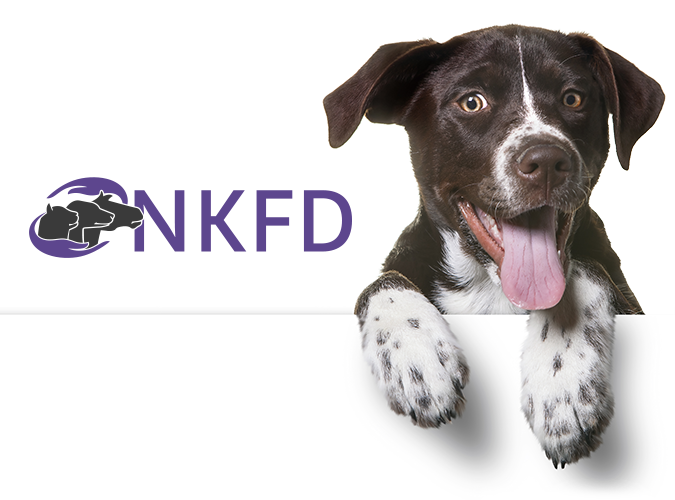Introducing a histopathological marker for feline hyperaldosteronism
S. Zautsen1
, M.E. van Wolferen1
, G. Grinwis2
, G. Benchekroun3
, S. Galac1
1
Faculty of Veterinary Medicine, Department of Clinical Sciences, Utrecht University, Utrecht, The
Netherlands; 1
Faculty of Veterinary Medicine, Department of Biochemical Health Sciences, Utrecht
University, Utrecht, The Netherlands; 3
Ecole naBonale vétérinaire d’Alfort, Univ Paris Est Créteil,
INSERM, IMRB, Maisons-Alfort, France.
Introduc6on
Primary hyperaldosteronism (PHA) is the most common adrenocorDcal disorder in cats. It is caused by
either bilateral or unilateral nodular hyperplasia of the zona glomerulosa (ZG), or by an aldosterone�producing tumor (APT). While the clinical signs and biochemical diagnosis are well studied,
fundamental research on feline PHA including the histopathological ZG markers is sDll lacking.
Study descrip6on
We performed immunohistochemistry (IHC) on 18 normal feline adrenals (NA), six APTs, one corDsol�secreDng adrenal tumor (CST) and two pheochromocytomas (PCCs). All tumors, with the excepDon of
one PCC, were biochemically confirmed. We studied the expression of the zona glomerulosa (ZG)
marker Potassium Inwardly RecDfying Channel Subfamily J Member 5 (KCNJ5) and validated the anD�KCNJ5 anDbody (HPA017353) for the use in feline adrenal Dssue.
Results
In all NAs there was a clear posiDve KCNJ5 membranous and light cytoplasmic staining of the ZG cells.
A few NAs also showed a slight posiDve staining for KCNJ5 in the zona fasciculata (ZF). In APTs, a posiDve
KCNJ5 staining in membranous and cytoplasmaDc paYern with varying intensiDes was observed. In the
CST and PCCs, the normal ZG stained posiDve, while the tumor cells were negaDve. The CST stained
posiDve for adrenocorDcal markers (Melan A and 17-alpha hydroxylase), and the PCCs for
adrenomedullary markers (chromogranin A and synaptophysin).
Discussion
The KCNJ5 staining paYern of NA and APAs in felines is comparable to its human counterparts. In
humans, the differences in staining intensity in PHA samples are associated with mutaDons in KCNJ5,
one of the most common somaDc mutaDons in PHA. The mutaDonal status of the KCNJ5 in cats is so
far unknown.
Conclusion
This study shows that KCNJ5 can be used as an adrenal ZG marker, and to histopathologically confirm
the diagnosis of APT in cats. We advise to implement the KCNJ5 staining in the rouDne histopathology
of feline adrenal tumors. In addiDon, geneDc studies on KCNJ5 mutaDons are warranted to disclose the
mutaDonal profile of feline PHA.
References
1. Fabrès V, Dumont R, Garcia M, et al. EvaluaDon of oral telmisartan administraDon as a
suppression test for diagnosis of primary hyperaldosteronism in cats. J Vet Intern Med.
2023;37(4):1341-1347. doi:10.1111/JVIM.16689
2. De Sousa K, Boulkroun S, Baron S, et al. GeneDc, Cellular, and Molecular Heterogeneity in
Adrenals With Aldosterone-Producing Adenoma. Hypertension. 2020;75(4):1034-1044.
doi:10.1161/HYPERTENSIONAHA.119.14177
3. Yang Y, Gomez-Sanchez CE, Jaquin D, et al. Primary Aldosteronism: KCNJ5 MutaDons and
AdrenocorDcal Cell Growth. Hypertension. 2019;74(4):809-816.
doi:10.1161/HYPERTENSIONAHA.119.13476

